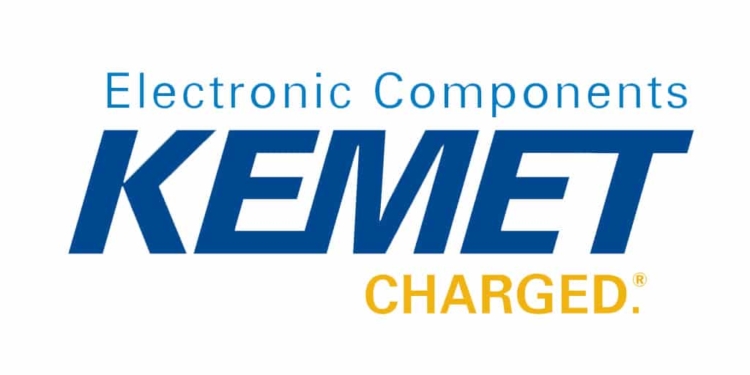Source: Kemet news
FORT LAUDERDALE, Fla., Feb. 13, 2019 (GLOBE NEWSWIRE) — KEMET Corporation, a Delaware corporation (“KEMET” or the “Company”), a leading global supplier of passive electronic components, announced today that it has entered into a customer agreement which provides interest-free advance payments to KEMET totaling $6 million, which will be used to fund KEMET investments in increased capacity.
Together with two similar agreements entered into by the Company on September 4, 2018 and November 26, 2018, respectively, the Company will be receiving interest-free customer advances of $72 million to increase its capacity for the manufacture of certain multi-layer ceramic capacitors requested by the customers. For each agreement, the customer has a right of first order regarding the use of the additional capacity funded by its advance. KEMET retains the title and ownership to all equipment purchased using the advance.
“We believe that these customer agreements reflect our customers’ committed optimism in anticipating long-term market growth and their confidence in KEMET’s outstanding product quality and excellent customer service,” stated William Lowe, the Company’s Chief Executive Officer. “By partnering with KEMET in our capital expansion plans, these customers are able to secure and expand their supply of multi-layer ceramic capacitors despite the current and possible future global supply constraints concerning such products,” continued Lowe.
For each agreement, the advance is paid in quarterly installments over an expected period of 18 – 24 months. Once the additional capacity is fully installed and available, the advance is repaid to the customer on a quarterly basis. Each quarterly repayment amount is determined by a calculation that generally takes into account the number of components purchased by the customer in such quarter in excess of its established based ordering rate and is capped at 1/40th of the total advance. Although the minimum repayment period is ten years (beginning with the initial repayment), if, based on the customer’s ordering rate, the advance has not been fully repaid by a specific date (for each agreement, such date being approximately 20 years after the contract execution date), then any remaining amounts of the advance are considered paid in full.































